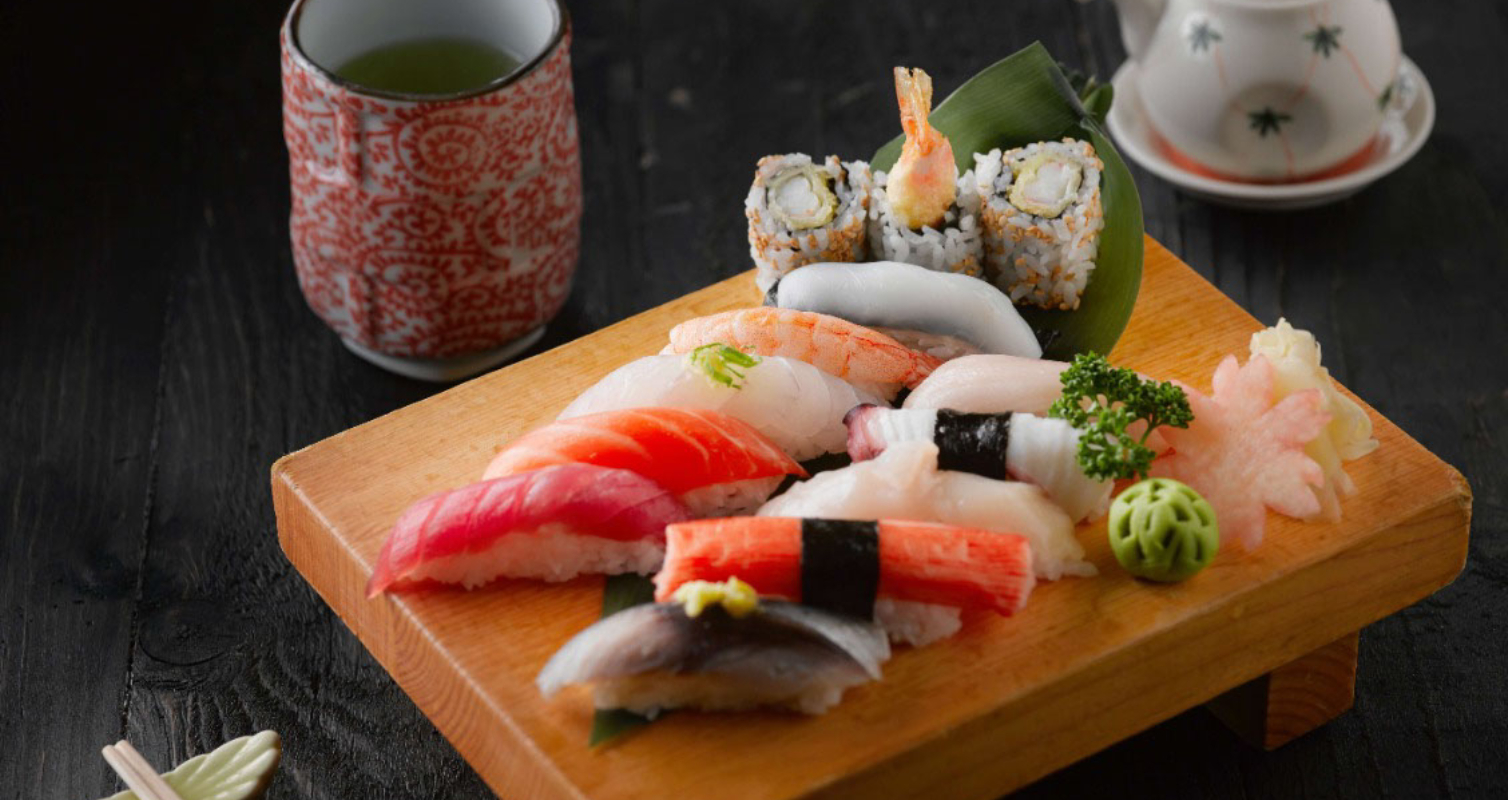In a country where vending machines dispense everything from hot ramen to fresh eggs, it’s no surprise that Japan has taken another bold step in automated dining: vending machines that sell frozen sushi. These high-tech kiosks blend Japan’s deep-rooted sushi culture with its unmatched convenience economy—offering ready-to-eat (or ready-to-thaw) seafood delicacies at any hour, even in unexpected places like highway rest stops, office basements, and rural train stations.
🍣 How it works:
Unlike traditional sushi counters where fish is sliced to order, frozen sushi vending machines stock pre-packaged, flash-frozen nigiri, rolls, or chirashi bowls. The vending machine is designed for take-home consumption, targeting busy salarymen or families looking for a quick, gourmet-quality dinner.
🥶 Why Frozen? Safety, Shelf Life, and Scale
While “frozen sushi” might sound contradictory to purists, Japan’s advanced flash-freezing technology (like sashimi-grade blast freezing) preserves texture, flavour, and safety—often better than fresh fish stored for hours. Benefits include:
- Extended shelf life: Reduces food waste in low-traffic areas.
- Consistent quality: Factories prepare sushi under strict hygiene controls.
- Year-round availability: Even in regions far from the sea.
- 24/7 access: No need for a chef or operating hours.
📍 Where to Find Them
Frozen sushi vending machines are increasingly common in:
- Highway service areas (Michi-no-Eki): For travelers seeking a taste of Japan on the go.
- Office districts: Catering to late-night workers in Tokyo, Osaka, and Nagoya.
- University campuses: Affordable, protein-rich meals for students.
- Regional train stations: Bringing coastal cuisine to inland towns.
Cultural Context: Trust in Automation & Food Safety
Japanese consumers have high trust in both food safety standards and automation. Decades of innovation—from canned bread to robot ramen—have normalized the idea that machines can deliver quality meals. Add to that Japan’s aging population and shrinking rural workforce, and automated food solutions become not just convenient, but essential.
⚠️ Not Without Critique
Traditionalists argue that sushi is an artisanal experience—meant to be eaten moments after preparation, with rice at body temperature and fish glistening fresh. Frozen versions, they say, lack shari (the perfect vinegared rice balance) and the chef’s intuition. Yet for many, frozen sushi vending machines represent pragmatic modernity: a way to enjoy a cultural staple without the price tag or time commitment of a sushi-ya.
Final note
In a nation that reveres both tradition and technology, frozen sushi vending machines embody a quiet revolution: making one of the world’s most iconic cuisines accessible, affordable, and available at 3 a.m. from a machine that hums softly under neon lights. It may not replace omakase—but for a hungry traveler on a rainy night in rural Hokkaido, it’s nothing short of a miracle. 🍱❄️🐟
